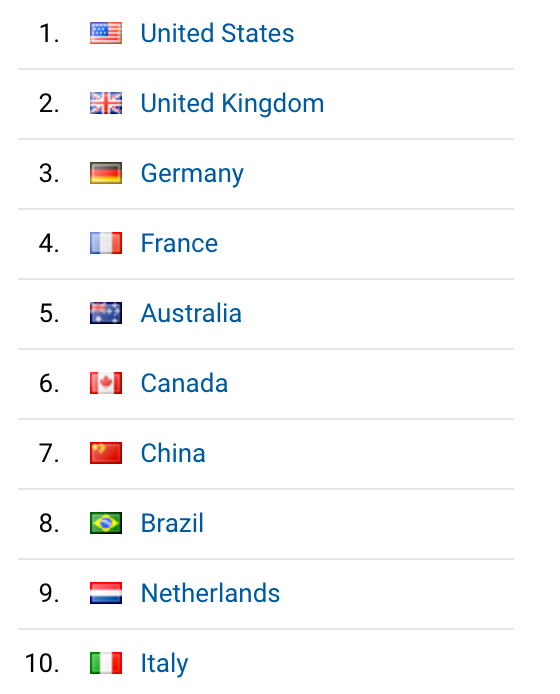Ultimate Guide to Product Localization
Users should understand what you are saying
It is not an easy task to attract and convert a user. But it is even more difficult when they do not understand what you are saying while communicating your product value. Even if your product is awesome, users will not get it unless you speak their language.

The majority of product companies start with one language, but there are bunch of opportunities with bringing more users on board by making sure they understand what your product is and how it helps.
So it is kinda obvious that the marketing campaigns and product itself need to be taken to multilingual level at some point. The question is how and when to start.
When it is the right moment to start to export
At Setapp we have started with English because our target market during the launch period was USA. When we understood we do have success track record there, we started considering exporting to more countries. Some analysis had to be done to define the next countries to go to, and we checked where the users come from:
Traffic and Paid Users Sources:
Top 10 Countries (setapp.com visitors)

It was obvious that the USA topped the list, but we also saw that Germany, France, and Brazil were the next countries to target. Although China was #7 as a traffic source, we decided to postpone it until we have a local partner there. What was even more interesting that the # of paid users showed exactly the same picture when segmented by country. Which meant there was no need for long meetings with the marketing team and stakeholders to decide where to go next :-)
So, the first indicator that there is an opportunity outside your current presence is when you notice that you are getting traffic and conversions from the countries your product does not support.
Ask existing userbase
What we also did to challenge our conclusions about which countries and languages should be next, was asking “What language do you speak?” in Setapp community that we’ve build on Facebook. There were about 1400 users, which was not statistically significant compared to Google Analytics data, but an important indicator was that members of this group were super active ones, they gave us feedback about the product, requested features, etc. Having seen German and French following English we had no more hesitations for those two.

How to start and test fast
Google AdWords is the fastest way to start acquiring users almost immediately. We have designed campaigns targeted to Germany, France and Brazil to check the level of demand and behavioral preferences in those non-english speaking regions.
To be consistent we were delivering exactly the same message to the new target audience as we did via English-speaking paid campaigns. We translated keywords, ad copies, and landing pages so they were mirroring the campaigns exactly.
And there were two really important findings:
- # of impression and clicks in the localized campaigns was 402% higher compared to English campaigns.
- cost per sign up was almost half as much in the localized campaigns compared to English campaigns
Those 2 conclusions were pretty logical and expected, but they told us we were on the right way once again.
How to Scale
With the growing demand for your product on the new markets (ideally it should be the case after all your marketing efforts there), you need to scale the level of localization. What I mean by that is translating several or even multiple landing pages along with the set of ad copies users see, IS NOT enough. The next steps are:
- make sure your product speaks your users’ language
- all the customer touchpoints are localized as well
By the time we announced that Setapp was available in French, German, and Brazilian Portuguese, the website, the product itself and all the user onboarding programs were available in those languages so that the users get the best customer journey possible.
How to know if localization was a right decision after all
At the end of the day it is all about campaigns to pay for themselves. Here are the metrics we use to understand how Setapp performs in this or that country:
Conversion Funnel:
- Traffic to a Trial User
- Trial User to Engaged User
- Engaged user to Paid User
- Paid User to Retain User
Business KPI:
- Cost per visit
- Cost per trial user
- Cost per paid user
- Customer lifetime value
- CAC<>LTV (correlation of a client acquisition cost and customer lifetime value)
I hope this article helped you better understand when you should consider localization and how to do it right. And I would also like to hear your thoughts! Thank you.
